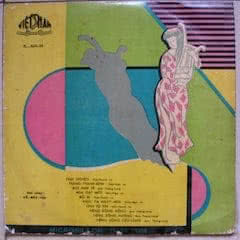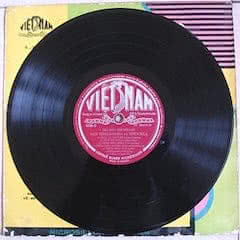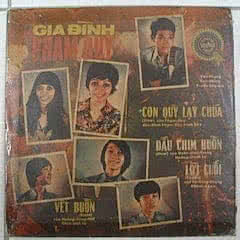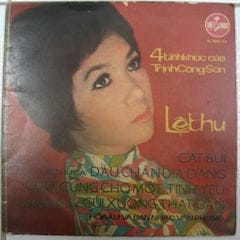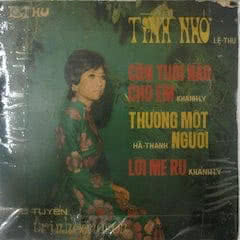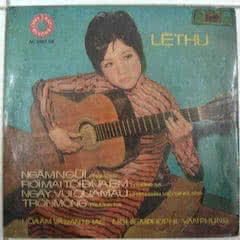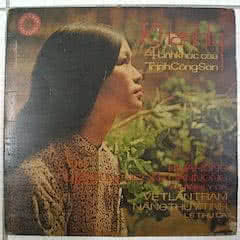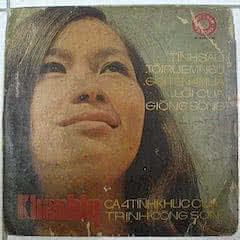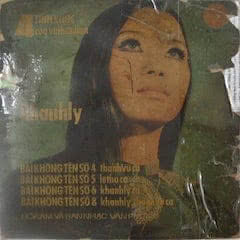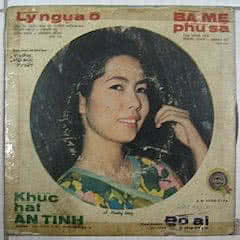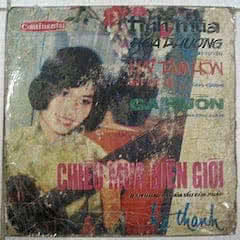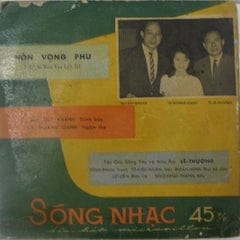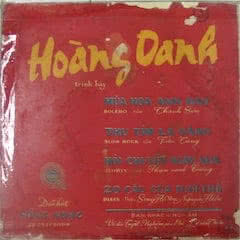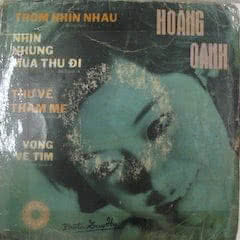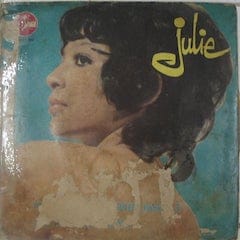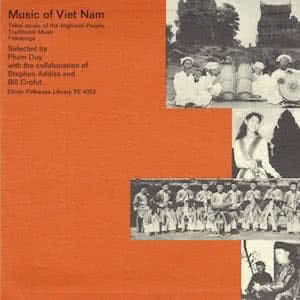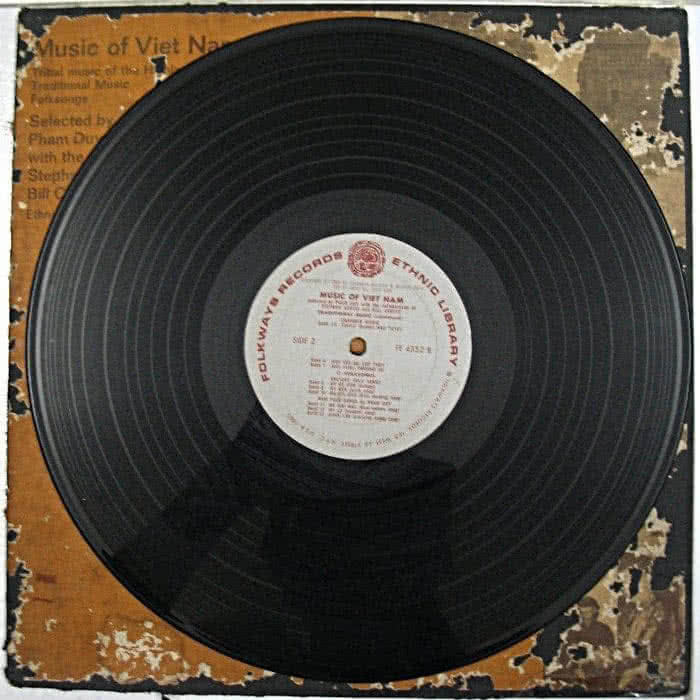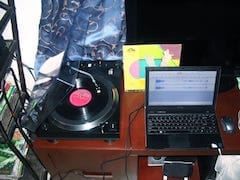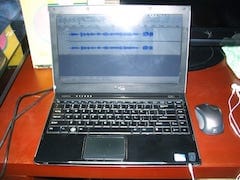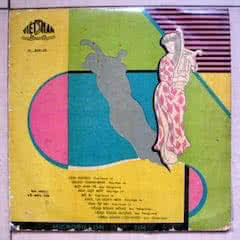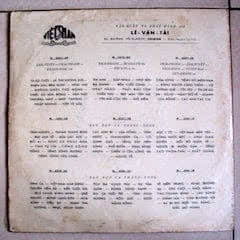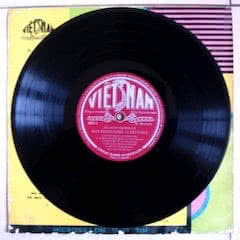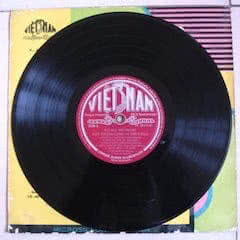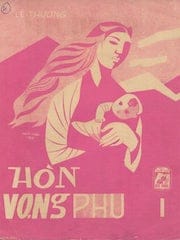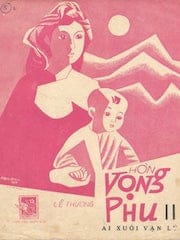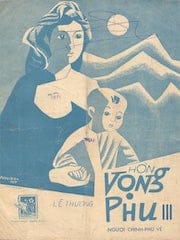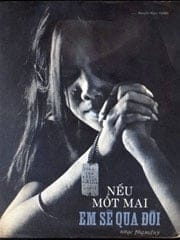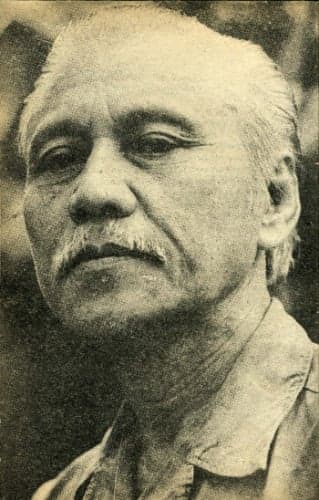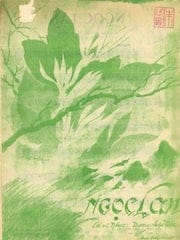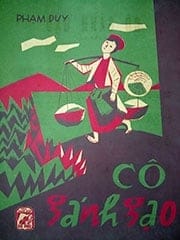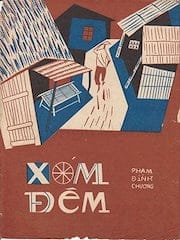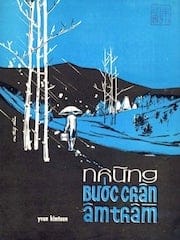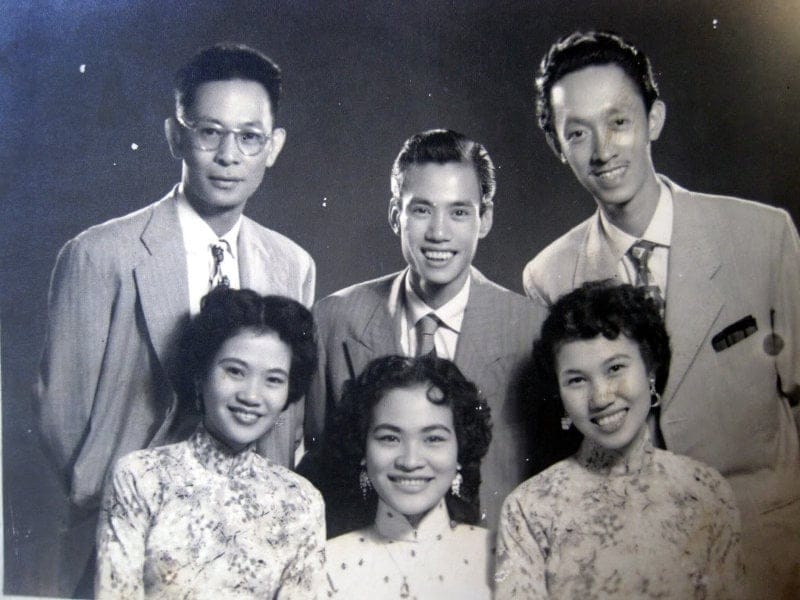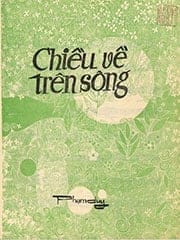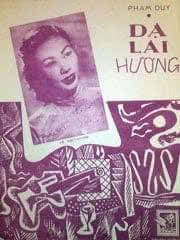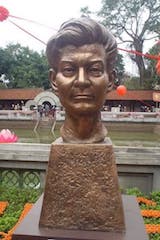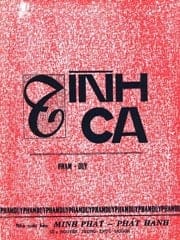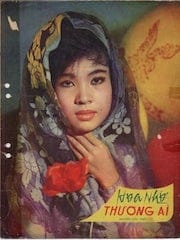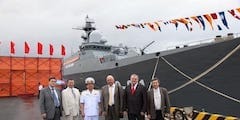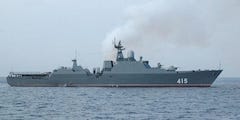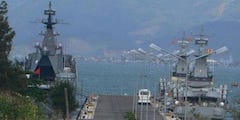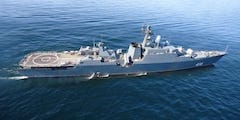Bài thơ đầu tiên tôi thuộc, một cái học thuộc lòng “cưỡng bức”, trước khi biết đọc, biết viết. Ngay cả trước khi biết nói cho rành mạch, rõ ràng thì tôi đã nằm lòng hơn trăm câu của Chế Lan Viên này. Đơn giản là từ lúc nằm nôi thì tôi đã được (bị) ru bằng bài thơ này mỗi ngày, đến nỗi thuộc như cháo lúc nào không hay, ví dụ như: Ôi Trường Sơn vĩ đại của ta ơi, Ta tựa vào ngươi kéo pháo lên đồi…
hoặc là: Ôi thương thay những thế kỷ thiếu anh hùng, Những đất nước thiếu người cầm thanh gươm nghìn cân ra trận…
Bản dưới đây là chép lại theo trí nhớ của tôi nên có đôi chỗ khác biệt với bản hiện đang phổ biến lưu hành. Đó là chuyện của một thời (một thế hệ) đầy lý tưởng (ảo tưởng!?), còn đây là chuyện của thời bây giờ, đề thi Văn năm nay nên ra như thế này:
Tổ quốc có bao giờ đẹp thế này chăng – Chế Lan Viên
Hỡi sông Hồng tiếng hát bốn nghìn năm!
Tổ quốc có bao giờ đẹp thế này chăng?
Chưa đâu! Và ngay cả trong những ngày đẹp nhất,
Khi Nguyễn Trãi làm thơ và đánh giặc,
Nguyễn Du viết Kiều, đất nước hóa thành Văn.
Khi Nguyễn Huệ cưỡi voi vào cửa Bắc,
Hưng Đạo diệt quân Nguyên trên sóng Bạch Đằng.
Những ngày tôi sống đây là những ngày đẹp hơn tất cả,
Dù mai sau đời muôn vạn lần hơn.
Trái cây rơi vào áo người hứng quả,
Đường nhân loại đi qua bóng lá xanh rờn,
Mặt trời đến mỗi ngày như khách lạ,
Gặp mỗi mặt người đều muốn ghé môi hôn.
Cha ông xưa từng đấm nát tay trước cửa cuộc đời,
Cửa vẫn đóng và đời im ỉm khóa.
Những pho tượng chùa Tây Phương không biết cách trả lời,
Cả dân tộc đói nghèo trong rơm rạ,
Văn Chiêu Hồn từng thấm giọt mưa rơi!
Có phải cha ông đến sớm chăng và cháu con thì lại chậm?
Dẫu có bay giữa trăng sao cũng tiếc không được sống phút giây này.
Buổi đất nước của Hùng Vương có Đảng,
Mỗi người dân đều được thấy Bác Hồ.
Thịt xương ta, giặc phơi ngoài bãi bắn.
Lại tái sinh từ Pắc Bó, Ba Tơ.
Không ai có thể ngủ yên trong đời chật,
Buổi thủy triều vẫy gọi những vầng trăng.
Mỗi gié lúa đều muốn thêm nhiều hạt,
Gỗ trăm cây đều muốn hóa nên trầm.
Mỗi chú bé đều nằm mơ ngựa sắt,
Mỗi con sông đều muốn hóa Bạch Đằng.
Ôi Trường Sơn vĩ đại của ta ơi!
Ta tựa vào ngươi, kéo pháo lên đồi.
Ta tựa vào Đảng ta, lên tiếng hát,
Dưới chân ta, đến đầu hàng Đờ-cát.
Rồng năm móng vua quan thành bụi đất,
Mỗi trang thơ đều dội tiếng ta cười!
Đều lộng hương thơm những cánh đồng hợp tác
Chim cu gù, chim cu gáy xa xa.
Ruộng đoàn tụ nên người thôi chia cách,
Đêm no ấm, giọng chèo khuya khoan nhặt,
Lúa hên mùa xin lúa chín về quê ta.
Rồi với đôi bàn tay trắng từ Đinh, Lý, Trần, Lê…
Đảng làm nên công nghiệp.
Điện trời ta là sóng nước sông Hồng.
An Dương Vương hãy dậy cùng ta xây sắt thép,
Loa thành này có đẹp mắt Người chăng?
Ong bay nhà khu tỉnh ủy Hưng Yên,
Mật đồng bằng mùa nhãn ngọt môi em,
Cây xanh ngắt đất bạc mầu Vĩnh Phúc.
Ôi cái thuở lòng ta yêu Tổ quốc,
Hạnh phúc nào không hạnh phúc đầu tiên?
Ôi cái buổi sinh thành và tái tạo,
Khi thiếu súng, khi thì thiếu gạo,
Nhưng phù sa này đẻ ra những Cà Mau,
Thịnh vượng mai sau.
Dẫu là Chúa cũng sinh từ ruột máu,
Ta đẻ ra đời, sao khỏi những cơn đau?
Hãy biết ơn vị muối của đời cho thơ chất mặn!
Ôi thương thay những thế kỷ thiếu anh hùng,
Những đất nước thiếu người cầm thanh gươm nghìn cân ra trận,
Nhà thơ sinh đồng thời với mưa phùn và những buổi hoàng hôn.
Cả đất nước trắng một màu mây trắng,
Ai biết mây trên trời buồn hơn hay thơ mặt đất buồn hơn?
Chọn thời mà sống chăng? Ta phải chọn vào năm nào đây nhỉ?
Cho tôi sinh ra vào giữa buổi Đảng dựng xây đời,
Mắt được thấy dòng sông ra gặp bể,
Ta với mẻ thép gang đầu làm đứa trẻ sinh đôi,
Nguyễn Văn Trỗi ra đi còn dạy chúng ta cười.
Cho tôi sinh ra giữa những ngày diệt Mỹ,
Vóc nhà thơ đứng ngang tầm chiến lũy,
Bên những dũng sĩ đuổi xe tăng ngoài đồng và hạ trực thăng rơi.

